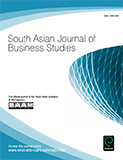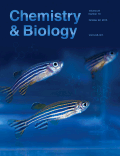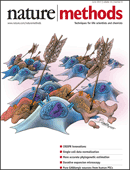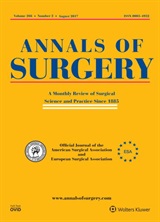
A now-retired professor tweaked the findings in seven figures of a 2007 paper, according to a new finding of misconduct released yesterday by the U.S. Office of Research Integrity.
The subject of the findings isn’t a stranger to our readers: We’ve already reported on nine retractions for Nasser Chegini, a former professor of obstetrics and gynecology at the University of Florida (UF) who had won more than $4 million in Federal grants. And Chegini, who retired in early 2012, had been under investigation since at least 2012, with the ORI asking UF to broaden that investigation at one point.
Indeed, the ORI’s notice states that eight of Chegini’s retractions resulted from the UF’s investigation. The ORI’s findings, however, stem from another paper, published in the Journal of Reproductive Immunology, which has not been retracted.
According to the ORI, in that paper, Chegini:






 Yes, yes, we know: It’s easy to publish “fake” papers in journals and expose the inherent flaws of academic publishing. We’ve covered
Yes, yes, we know: It’s easy to publish “fake” papers in journals and expose the inherent flaws of academic publishing. We’ve covered 
 The Annals of Surgery has retracted a paper that used only male pronouns to describe surgeons following outcry from readers.
The Annals of Surgery has retracted a paper that used only male pronouns to describe surgeons following outcry from readers.